
-
Find the right food for your petTake this quiz to see which food may be the best for your furry friend.Find the right food for your petTake this quiz to see which food may be the best for your furry friend.Health CategoryFeatured products
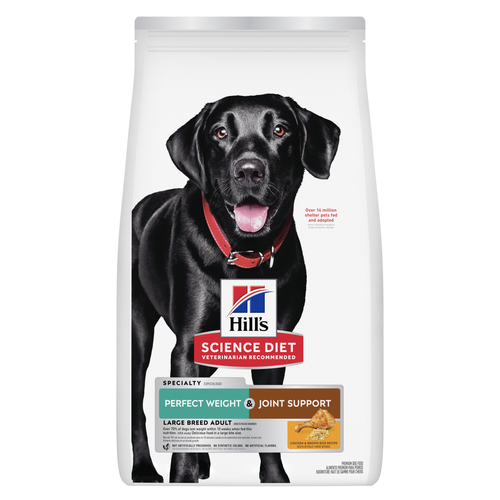 Perfect Weight & Joint Support Large Breed Chicken & Brown Rice Recipe Dog Food
Perfect Weight & Joint Support Large Breed Chicken & Brown Rice Recipe Dog FoodThis weight management and mobility support dog food was created with Hill’s unique understanding of the biology of overweight dogs
Shop Now Adult Sensitive Stomach & Skin Chicken Recipe Dog Food
Adult Sensitive Stomach & Skin Chicken Recipe Dog FoodHill's Science Diet Sensitive Stomach & Skin dry dog food is gentle on stomachs while nourishing skin & promoting a lustrous coat.
Shop Now Adult Salmon & Brown Rice Recipe Dog Food
Adult Salmon & Brown Rice Recipe Dog FoodSupports lean muscle and beautiful coat for adult dogs
Shop NowFeatured products Adult 11+ Indoor Chicken Recipe Cat Food
Adult 11+ Indoor Chicken Recipe Cat FoodSupports brain health and beautiful fur in mature indoor cats
Shop Now Adult Perfect Weight Salmon & Vegetable
Adult Perfect Weight Salmon & VegetableOver 70% of cats lost weight within 10 weeks when fed this nutrition
Shop Now Adult Salmon & Brown Rice Recipe Cat Food
Adult Salmon & Brown Rice Recipe Cat FoodSupports lean muscle and beautiful fur for adult cats
Shop Now -
DogCat
- Cat Tips & Articles
-
Health Category
- Weight
- Skin & Food Sensitivities
- Urinary
- Digestive
- Kidney
- Dental
- Serious Illness
-
Life Stage
- Kitten Nutrition
- Adult Nutrition
Featured articles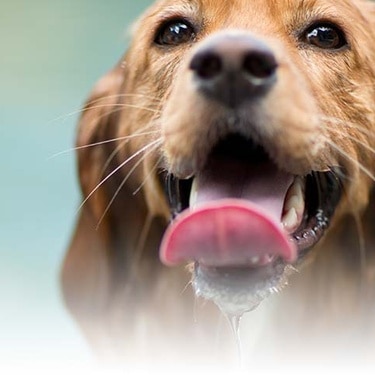 Water
WaterWater is the most important nutrient of all and essential for life. Animals can lose almost all their fat and half their protein and still survive, but if they lose 15% of their water, it will mean death.
Read More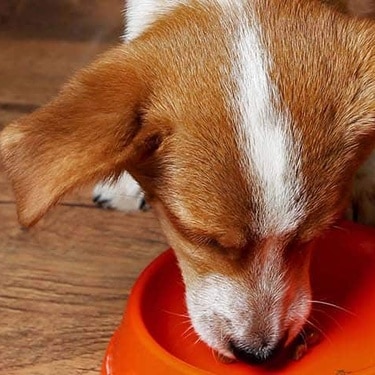 The Right Diet For Your Pet
The Right Diet For Your PetLearn what to look for in healthy pet food & nutrition, including ingredients, quality of the manufacturer, your pet's age, and any special needs they have.
Read More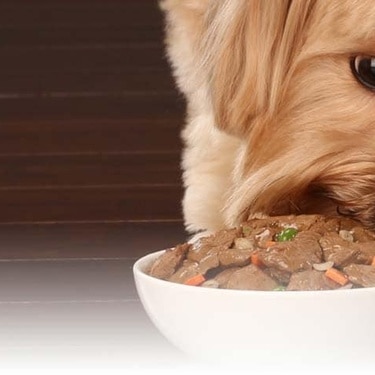 Pet Food Storage Tips
Pet Food Storage TipsWhere you store your cat and dog food can make a big difference in the quality and freshness once it is opened. Here are some common questions and recommendations for optimal storage for all of Hill’s dry and canned cat and dog food.
Read More -


Cats love catnip. And it's perfectly safe - there's nothing in it that can harm your cat. If by some chance your cat was to eat a large amount of catnip, it could cause a mild tummy upset, but that's not likely to happen.
What is Catnip?
Catnip is a perennial herb of the mint family. It originated in Northern Africa and the Mediterranean but now commonly grows wild throughout Europe and North America. The plant's nicknames, catnip, catmint or catwort are no doubt inspired by cat's well-known taste for the plants.
Why do cats love it?
The active compound in catnip is nepetalactone. Cats detect this compound by smell. It's generally thought that the nepetalactone mimics the effect of a cat pheromone, possibly associated with mating.
Catnip acts as a natural mood enhancer. It might make your cat act quite unusually; she may become more kittenish or particularly affectionate. She may also roll, paw or rub her face in the source of the catnip. Or she may jump about and become frisky, running from room to room appearing to chase invisible prey.
Some cats will just become very relaxed and stare into space. All of this behaviour may be marked by a lot of mewing or growling. The effects of catnip are short, usually lasting between 5 to 15 minutes. After that it will be a couple of hours before a cat will demonstrate the effects of catnip again.
Why give catnip to my cat?
Because your cat will enjoy being given catnip, it makes a great treat to be used during training or to encourage a cat to use a scratching post or sleep in her own bed. It can also be a good way to encourage your cat to exercise, it may even help your cat relax. Whatever the reason, it's good fun!


Tasty Tips
How should I give catnip to my cat?
Catnip products come in a variety of forms. You can buy powdered catnip or catnip bulbs which you can sprinkle on the ground or on a toy. Some toys come pre-scented with catnip or have catnip inside them. You can also get catnip oil or oil spray, which can be used to scent a toy or bedding. Cats will react to even very small amounts of catnip so you don't need to use very much.
My cat doesn't seem to be responding to catnip.
About 30% of cats have no observable response to catnip. Being affected by catnip is apparently an inherited trait. Many cats simply don't have the receptors to be affected by catnip.
Despite their playful nature, kittens don't generally respond to catnip until after their first six months. You may also find that as your cat gets older, she loses interest in catnip.
Catnip seems to make my cat aggressive
Some cats, usually males, will become aggressive when you give them catnip, possibly because of catnip's connection to mating behaviour. If this is the case with your cat, then stop.
You might consider an alternative like honey-suckle or valerian. Talk with your vet, he or she will be able to tell you if they think catnip is right for your pet or recommend other alternatives.
Catnip is a perennial herb of the mint family. It originated in Northern Africa and the Mediterranean but now commonly grows wild throughout Europe and North America. The plant's nicknames, catnip, catmint or catwort are no doubt inspired by cat's well-known taste for the plants.
Related products

Supports lean muscle and beautiful fur for adult cats
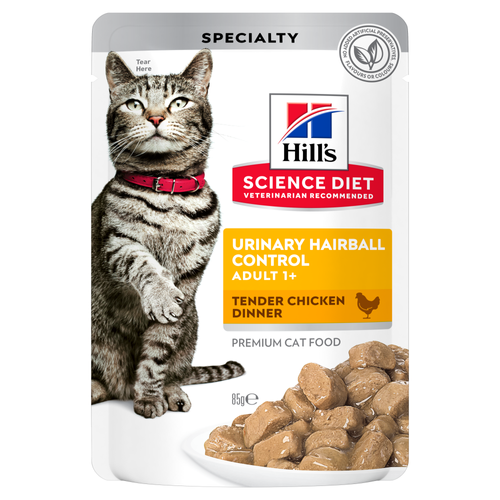
Precisely balanced nutrition to support urinary health from kidney to bladder. With natural fibre technology to help reduce hairballs.
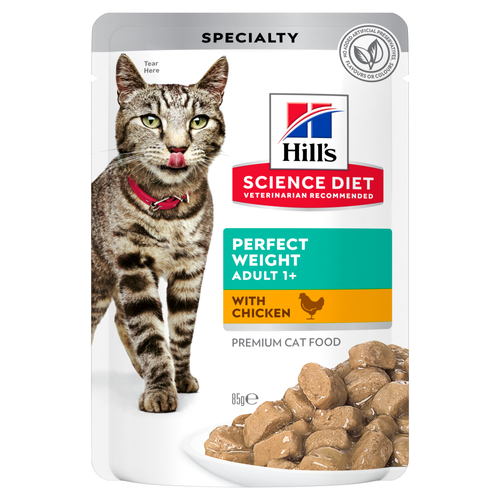
Breakthrough nutrition for your cat’s healthy weight maintenance and long-lasting weight support
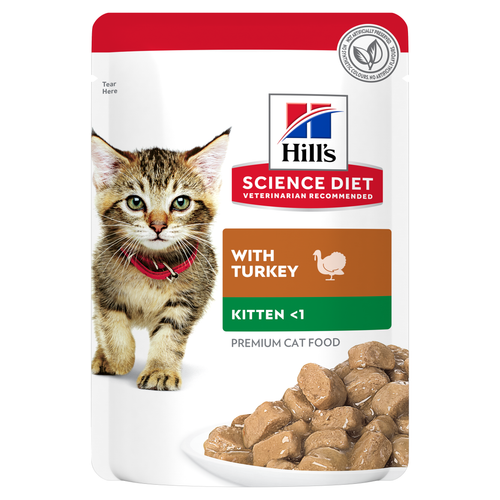
Delicious turkey chunks in gravy with omega-3 fatty acids for eye health and brain development in kittens, and high-quality protein to support muscle growth. Balanced levels of minerals for strong bones and teeth.
Related articles
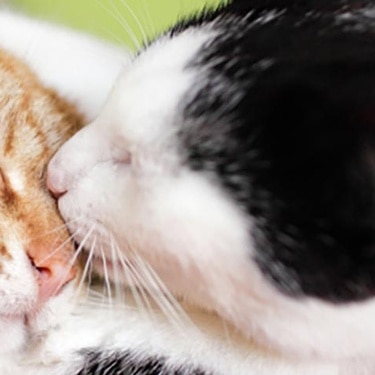
Being overweight puts a cat at risk for developing many serious health issues. Weight gain indicates an increase in body fat and usually results when your cat eats too much and exercises too little.
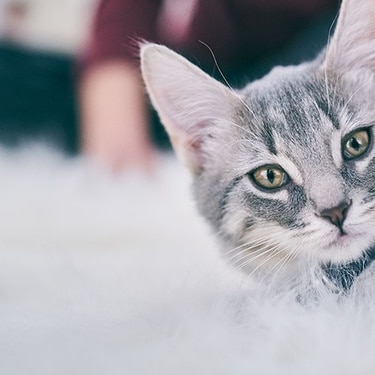
HillsPet Nutrition provides information on proper nutrition, fitness and special needs in keeping your cat healthy and happy.

Get helpful information on proper feline oral healthcare and why it's so vital to take care of your cat's teeth.
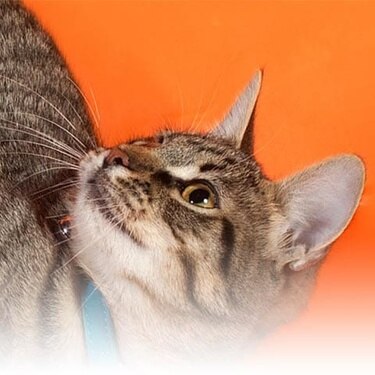
As a responsible pet owner you owe it to yourself and your cat to understand problems associated with overweight cats.

Put your cat on a diet without them knowing
Our low calorie formula helps you control your cat's weight. It's packed with high-quality protein for building lean muscles, and made with purposeful ingredients for a flavorful, nutritious meal. Clinically proven antioxidants, Vitamin C+E, help promote a healthy immune system.
Put your cat on a diet without them knowing
Our low calorie formula helps you control your cat's weight. It's packed with high-quality protein for building lean muscles, and made with purposeful ingredients for a flavorful, nutritious meal. Clinically proven antioxidants, Vitamin C+E, help promote a healthy immune system.


